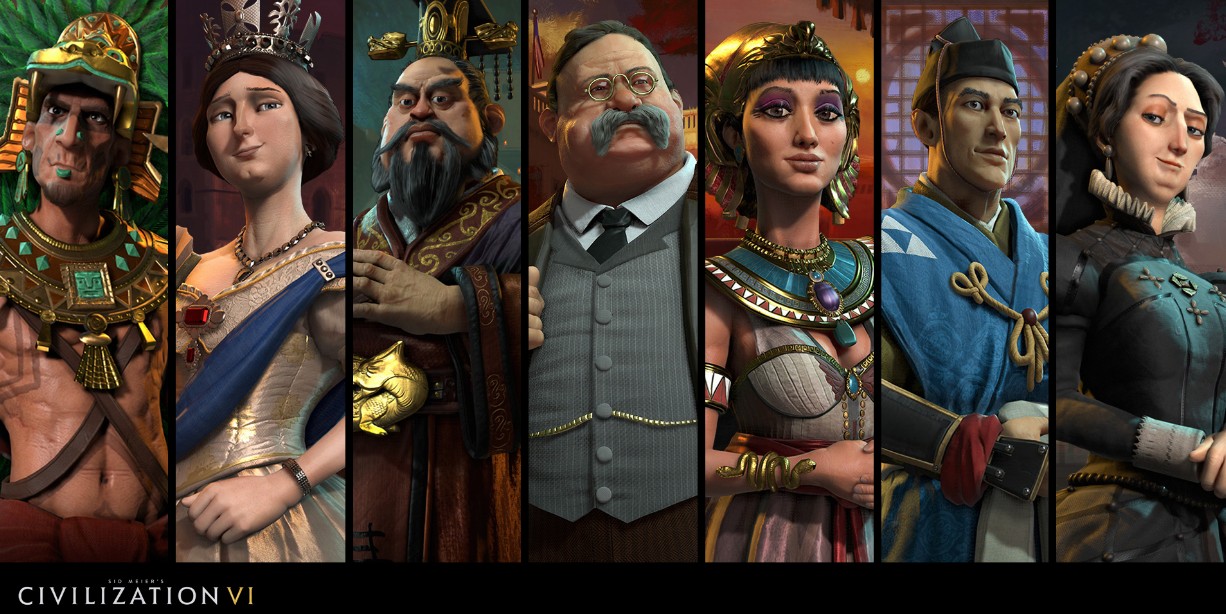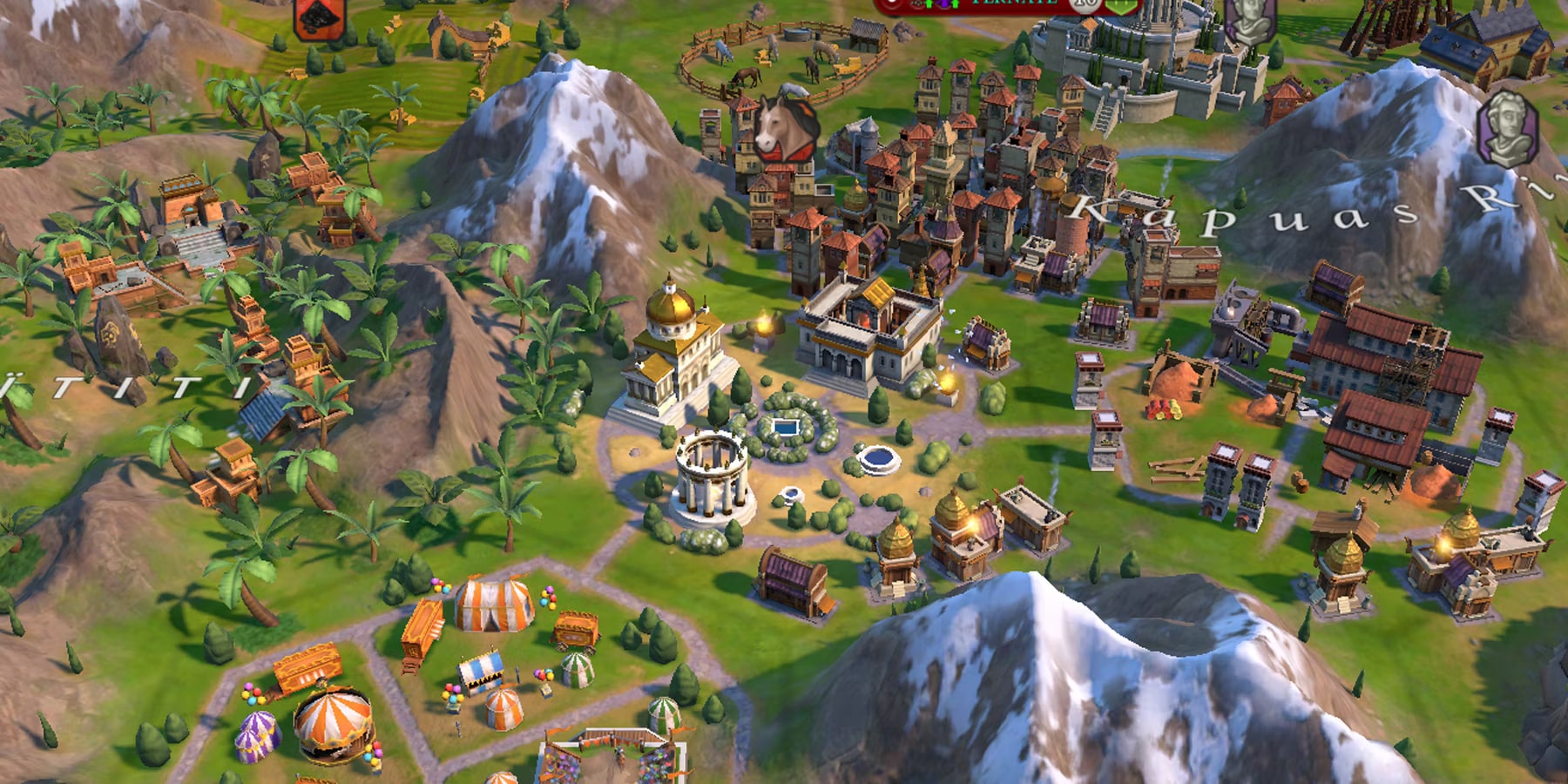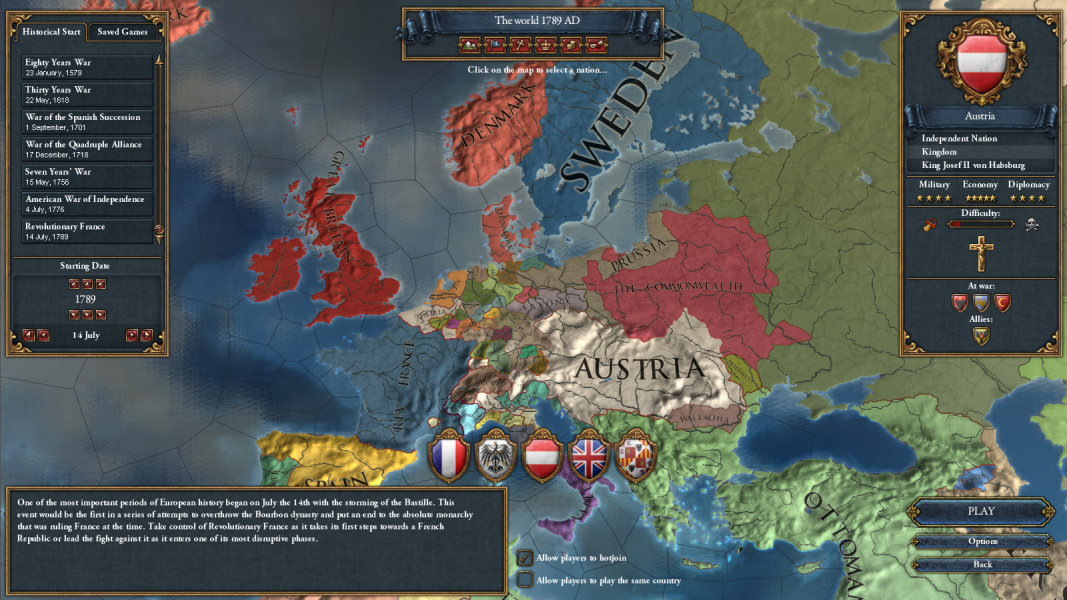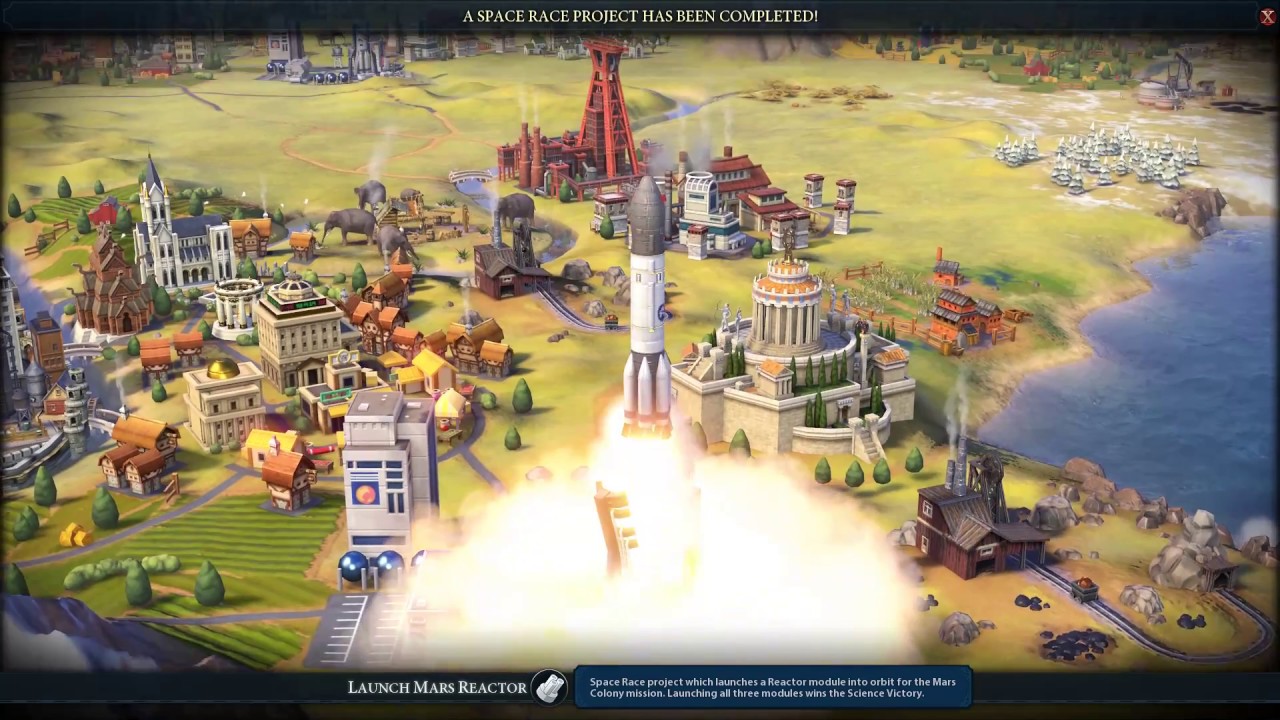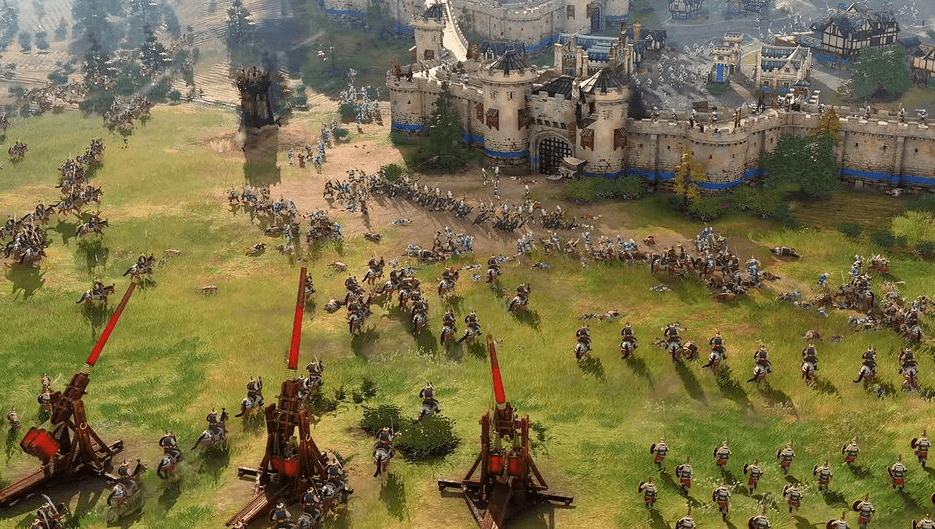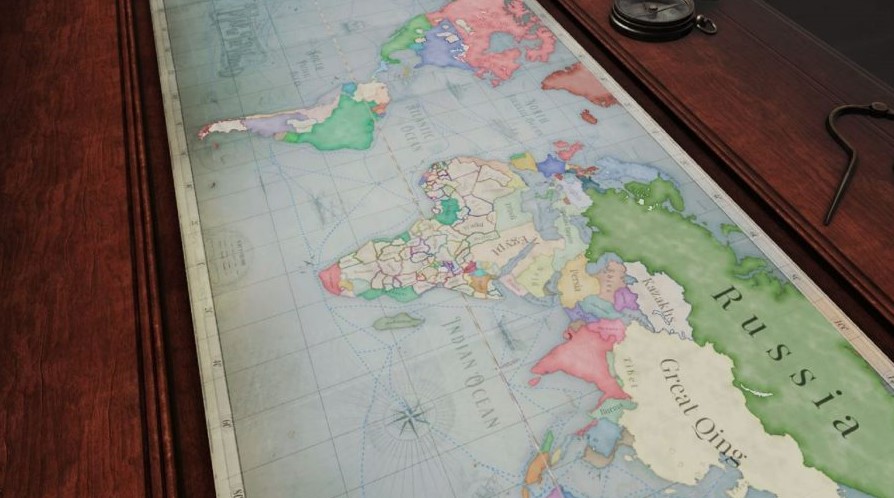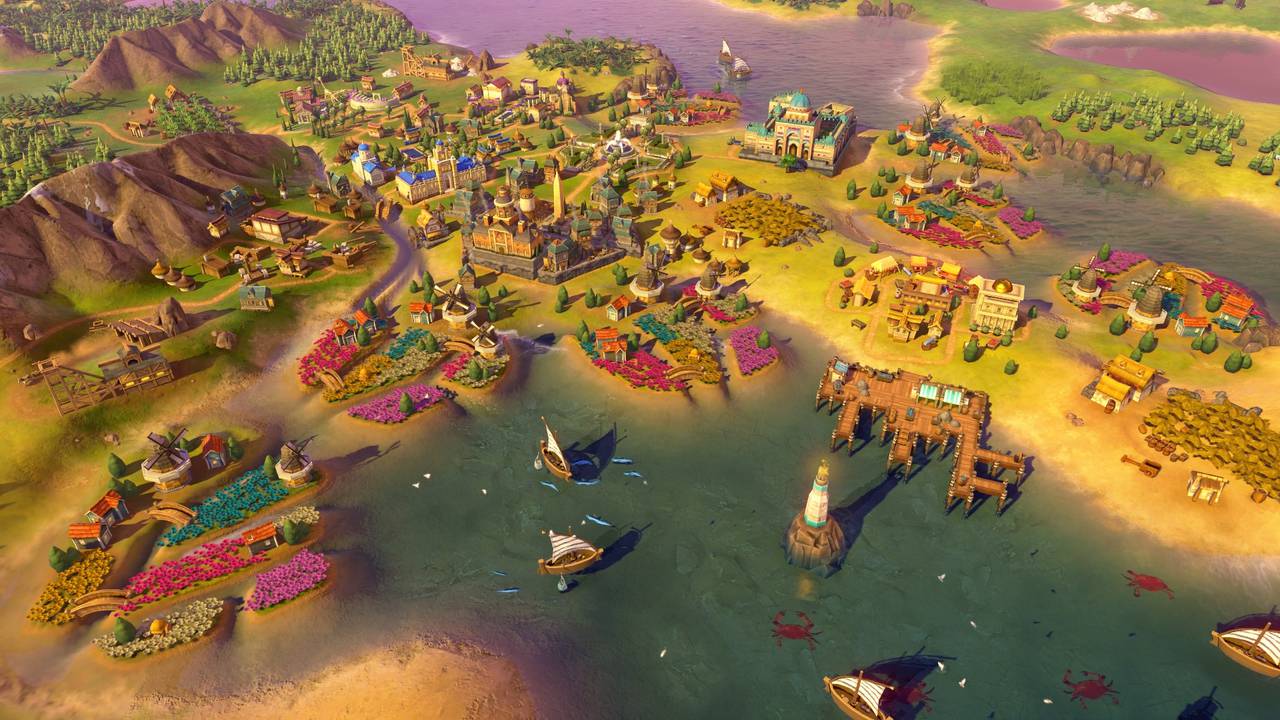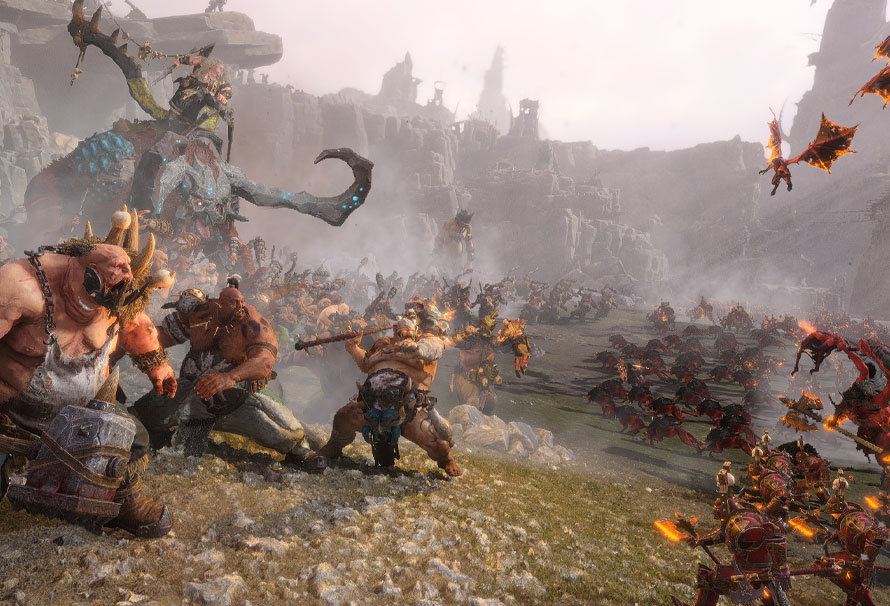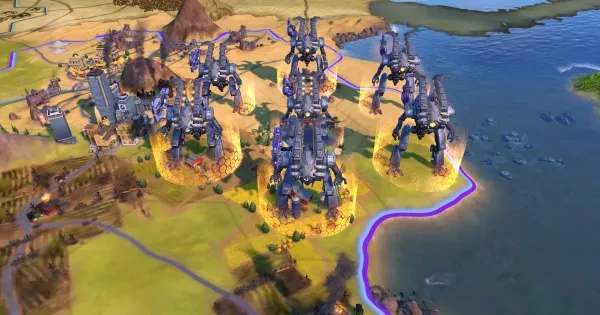
Civilization 6 has many ways to achieve victory, whether through military power, spreading your religion worldwide, or having the dominating culture. However, science comes off as a bit different from the other ones, having a more laid back playstyle while being quite intense to manage at the same time. The final goal of a science victory is to launch a satellite, land a human on the moon, and establish a martian colony. Not so simple, is it? All these require a high production and science yield, to be built and achieved effectively.
The fast ride through technological eras is thrilling, especially when it is clear that you have technologically surpassed other civilizations, with hilarious encounters between your new armored tanks VS. their old-timey musket man. This is no easy task though, and requires careful planning of science District outputs. Good for you, some civilizations can have a big bonus in achieving technological supremacy, lending the upper hand in the race to the stars.
So without further rambling, here are the top 10 leaders for achieving a science victory in Civilization 6.
10. Pedro II (Brazil)

The brazilian leader, Pedro II, adopts an interesting playstyle that is influenced by the rainforests in your cities, matching the brazilian amazon forest. With their ability Amazon, every District gets +1 output for every adjacent rainforest tile, encouraging you to focus on building campuses surrounded by mountains and rainforests, These bonuses are not limited to campuses however, allowing you to diversify and get high yields as long as you have plenty of rainforests. This bonus also takes the appeal of rainforests from -1 to +1, making them more reliable for settling close to.
Brazil comes with a special infrastructure, the Street Carnival, which is a direct upgrade from the usual Entertainment Complex, as well as a unique Battleship. Pedro II’s Leader ability is a game changer, refunding 20% of the cost from Great People.
This makes rushing those early Great Scientists a good idea that can give you a big head start as the bonus also works when refunding, for when you want to choose a different Great person.
What makes Pedro II great for science:
- Big bonuses from settling near rainforests
- Adjacency bonus from rainforests for every District
- Very diversifiable
- Easier time getting Great People
9. Wilhelmina (Dutch)
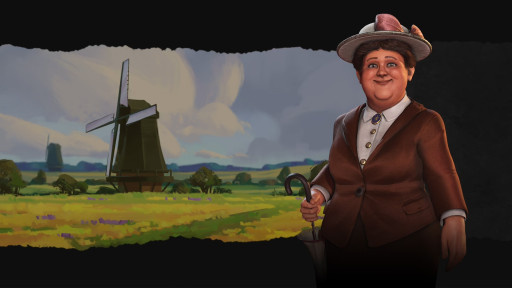
As in real life, the Netherlands are heavily reliant on their rivers and waters, and the same is true in Civilization. While playing as Wilhelmina, leader of the Dutch, you must always stay close to rivers as they give a +2 bonus for Districts like Theaters, Churches, but most importantly here, Campuses. If you can find a turn of a river where two or more river tiles surround a single tile, you can get amazing bonuses for your campuses. Even if you can’t find these specific river spots, building any campuses close to rivers and any other small bonus is bound to give you a decent science yield.
Wilhelmina also has no trouble keeping up with culture since her leader ability, Radio Oranje, gives culture for receiving and sending foreign trade for each trade outpost, which can scale up quickly. With this ability set, you will have no problems taking over with your advanced tech.
What makes Wilhelmina great for science:
- Amazing bonuses from rivers.
- Culture upkeep from trade routes.
- Easy adjacency bonuses for campus.
8. Hammurabi (Babylon)

Hammurabi, sixth king of Babylon, completely changes the way in which you advance through the tech tree. Rather than gaining science in traditional ways, this leader focuses on completing eureka moments. The nation’s ability makes it so rather than boosting a particular research, completing Eurekas completely finishes that tech. This does come at a cost, however: a global -50% science each turn. From all sources. Permanently. Yeah… This may seem counterintuitive, but if executed correctly, Babylon can practically teleport through the tech tree, even without a single campus built.
Not only that but with Hammurabi’s leader ability, every time you build a District for the first time the cheapest building from that District is automatically upgraded. Babylon also comes with a unique replacement for the watermill, which makes more production than a normal one. All in all, Hammurabi requires some good planning and setting up of eureka moments, but a keen mind can win even without a campus.
What makes Hammurabi great for science:
- Eureka moments instantly finish research.
- Easier time with building Districts.
- Heavy science output penalty.
- Reliant on eureka moments.
7. Barbarossa (Germany)
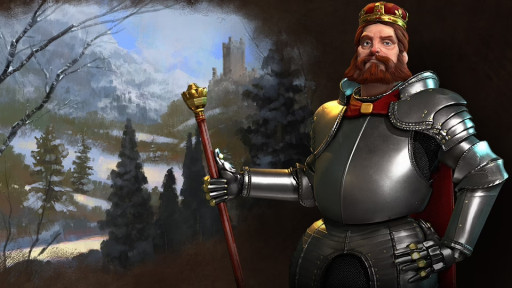
With Barbarossa, Germany's leader, the path to a science victory may seem a bit unconventional, as he receives NO direct science bonuses. What Germany does get is one of the most overpowered special production Districts, the Hansa, which gets more production with every resource and commercial District adjacent to it and is much quicker to build. This means that a couple of properly organized cities can lead to huge amounts of production and gold. That may not seem exactly scientific at first glance, but pair it with their other ability, which allows for more Districts to be built than a normal city, and you are able to build dozens of campuses extremely quickly.
Barbarossa also has one more trick up his sleeve for winning with science. During the final stages of the game you must build a spaceport, a task that requires huge amounts of production from a single city. If done correctly, this problem can be almost ignored, and the spaceport constructed within one or two dozen turns, instead of nearly one hundred.
What makes Barbarossa great for science:
- Big production bonus = Lots of campus.
- Can quickly build the spaceport and get ahead.
- More Districts per city, which can be filled with campuses.
- Absurds amounts of late game production
6.Robert the Bruce (Scotland)

As Robert, you must put your citizens' happiness in top priority, as his bonuses come from the satisfaction of your citizens in your cities. Every Happy city is provided with +5% science and production, but most importantly, +1 Great Scientist and Great Engineer points. If you really amuse your citizens enough to make your town Ecstatic, these bonuses are doubled.
If you can properly appease your population, your civilization can acquire almost every single great scientist and engineer, making you get way ahead of your enemies. You must also carefully choose what Great figures you choose, since some grant mild bonuses, while others grant game changing and permanent bonuses.
Scotland comes with a help in keeping your citizens happy, with a unique Golf Course tile improvement, giving amenities, culture and housing.
What makes Robert the Bruce great for science:
- Great Person points if you keep your citizens happy.
- Bonuses to production and science.
- Great Person reward.
- GOLF COURSE!!
5. Hojo Tokimune (Japan)

Hojo Tokimune is a very versatile leader, being able to win in many ways with ease. This comes from their special ability, which may sound underwhelming at first. The Meiji Restoration changes the bonus received from Districts adjacent to other Districts from 0.5 to 1, meaning that clusters of Districts can have big bonuses in outputs. For a science victory, this means that you can get a few cities that are close to each other and set up all your Districts around a few campuses, leading to great output for them and the other Districts.
Japan also comes with a special production District, the electronic factory. Although this building cannot be unlocked until later in the game, it allows for a nice production boost which helps a lot when building the space port. With all these factors combined, Japan can be a powerhouse in practically whatever it wants if properly organized, even having strong samurai as a special troop. All in all, Tokimune can lead you to a swift science victory while covering all other bases.
What makes Hojo Tokimune great for science:
- Good bonus to all Districts.
- Great late-game production
- Ability to make huge District setups with multiple cities
- Samurai = Cool
4. Saladin (Arabia)

As Saladin, the first sultan of Egypt and Syria, religion and science come together into a perfect combination. With their special abilities that connect these two important mechanics, you will both spread your customized religion and your technological advances.
Their first ability, Lost Prophet, automatically gives the last Great Prophet to themselves, guaranteeing that you are always able to found a religion which can potentially give bonus science output. This ability also provides a +1 science bonus for every foreign city that follows their religion. At first, this is just a mildly strong ability, allowing you to get science outputs from religion. But with Saladin’s ability, any city owned by him that has a religious District gains a 10% bonus in science, culture AND faith, as the religious Districts themselves are 90% cheaper to buy with faith.
With this combination of abilities and a well spread religious belief, you can dominate the rest of the world in ways other than war.
What makes Saladin great for science:
- Science bonus from religion.
- Guaranteed religion.
- Try to choose a belief that gives bonus science.
- Extremely cheap to buy religious Districts.
3. John Curtin (Australia)

As John Curtis, from Australia, winning is tied to how beautiful your civilization is. You need to focus on finding and settling near natural wonders, mountains and rivers as with the ability Land Down Under, every city settled in coastal water gets an instant +3 housing, allowing for early expansion. It also grants the bonus which can help you to be victorious with science, with every District getting +1 output on a charming tile, and a huge +3 if on a breathtaking tile. You can use these to your advantage by settling cities close to natural wonders, and especially mountain ranges, and constructing multiple campuses near it.
Australia also has a special tile improvement called Outback Station, outputting production, housing and food, good for increasing your population to work on campuses. Although the bonuses are not specific to science, the massive potential +3 bonus to campus, which would already be close to mountains, can lead to huge science output.
What makes John Curtis great for science:
- Great for settling near mountains and natural wonders.
- Huge potential for science bonuses.
- Very versatile.
- Easier to deal with housing.
2. Lady Six Sky (Maya)
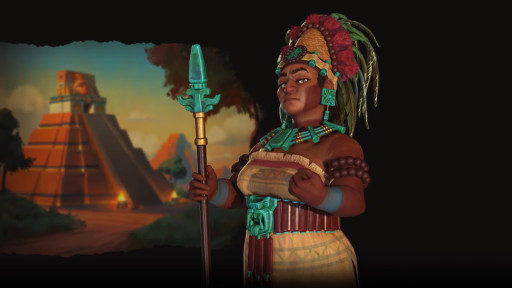
Lady Six Sky, the leader of the Mayans, is a great pick for those seeking a more dynamic play style that still is focused on science output. With the first unique infrastructure on this list, the Mayans have a unique science led play style, with their observatory replacing the normal campus.
Although the civilization’s ability, Mayab, prevents extra housing in cities with fresh water or coasts, any farms adjacent to observatories gain housing, gold, and production bonuses. Also, any plantations built adjacent to it give the observatory a +2 science bonus. Not only that, but the production cost for building observatories is half of the normal campus. This makes Maya an extremely dynamic science based nation, with more options on how to achieve victory.
This civilization allows for a science game that doesn’t require hiding away, with its production bonuses from farms making you quickly create an army that will overcome those ahead of you in the science race, and its focus on plantations will provide massive gold reserves for unexpected wars.
What makes Lady Six Sky great for science:
- Big bonus to gold production, good for unexpected wars.
- Campuses build twice as fast.
- Lots of housing from farms.
1. Sejong (Korea)

Last but not least, we have Sejong, from Korea, with one of the most game-breaking special buildings in the game: Seowons. Not only is the bonuses from the nation extremely good for a science victory, but Sejong’s special ability, Neo-Confucianism, allows him to earn culture double of his current science output every first time a technology from a new era is unlocked.
Seowons start with a base bonus of +4 in science (something absurdly strong). But with every other adjacent District, this is decreased by 1 for every t, and can only be built on hills. However, every farm or mine adjacent to a seowon gains a +1 science. This means you can make absurd setups with multiple seowons, farms, and mines, with total science output going upwards of +50 if done properly. In other words: an easy science victory.
What makes Sejong great for science:
- Seowons are extremely powerful if properly organized.
- Can keep up with culture against other leaders.
- Huge science production advantage in the early game
- Farm and mines have multiple outputs



